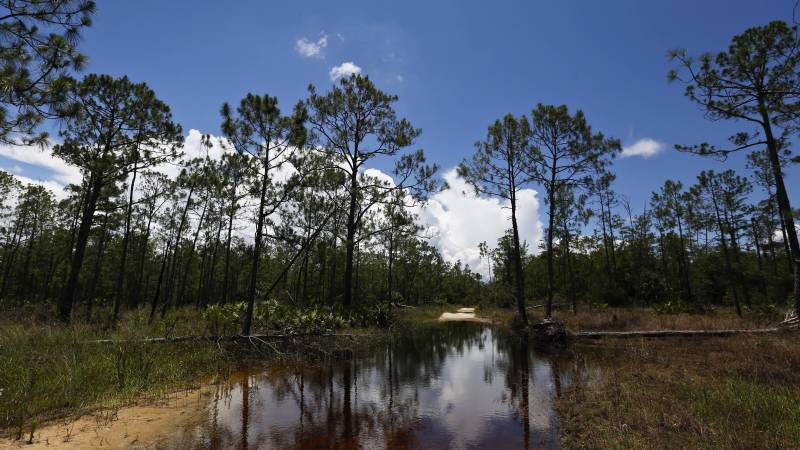The Obama executive action, which broadened the definition of “waters of the United States,” applied to about 60% of U.S. waterways. It aimed to bring clarity to decades of political and legal debate over which waters should qualify.
However, various business interests painted the regulation as a massive federal overreach. Within weeks after the change was announced in May 2015, 27 states sued to block it. At the time, Texas Attorney General Ken Paxton, a leading critic, called the new rule “so broad and open to interpretation that everything from ditches and dry creek beds to gullies to isolated ponds formed after a big rain could be considered a ‘water of the United States.’ ”
However, as the proposed rollback was taking shape last year, 14 states sued the EPA over the impending rule change, saying it “ignores science and the law and strips our waters of basic protections under the Clean Water Act.”
In a draft letter posted online late last month, the 41-member EPA Science Advisory Board, which is made up largely of Trump administration appointees, said the revised definition rule “decreases protection for our Nation’s waters and does not support the objective of restoring and maintaining ‘the chemical, physical and biological integrity’ of these waters.” The letter is signed by the board’s chair, Michael Honeycutt.
In a speech on Sunday at the American Farm Bureau Federation’s annual gathering in Austin, Texas, President Trump hinted at the change, calling the 2015 Obama rule “one of the most ridiculous regulations of all.”
“That was a rule that basically took your property away from you,” he said. “As long as I’m president, government will never micromanage America’s farmers.”
He said the new regulations would “allow states to manage their water resources based on their own needs and what their farmers and ranchers want.”
When Trump first proposed the new rule in late 2018, Randy Noel, then chairman of the National Association of Home Builders, told NPR that “I’m pretty excited about it because we hadn’t had any lots to build on.”
Noel lives in south Louisiana, an area with a lot of wetlands. He said developers were running scared because it wasn’t ever clear which wetlands were federally regulated and which weren’t. “Hopefully, this redefinition will fix that,” he said.
But Janette Brimmer, with the legal advocacy group Earthjustice, said in a statement that under the new rule, “few protections will remain to stop polluters from dumping toxic byproducts into our waters.”
The revamped rule will not cover smaller ephemeral streams, those that flow only part of the year and dry up at other times. They make up a large part of the waters in New Mexico, says Rachel Conn with Amigos Bravos, a New Mexico-based conservation group that focuses on water issues. “But they all drain into our bigger systems,” she says. “And it is from these bigger systems that close to 300,000 New Mexicans receive their drinking water.”
Trump ordered a review of the nation’s waterways barely a month after taking office. He said at the time that while clean water was “in the national interest,” it must be balanced against “promoting economic growth, minimizing regulatory uncertainty, and showing due regard for the roles of the Congress and the States under the Constitution.”
Since taking office, Trump has aggressively sought to roll back environmental regulations, particularly those seen as an obstacle to business. According to an analysis by The New York Times that was updated a month ago, the administration has revised or eliminated more than 90 environmental rules in the past three years, although several were reinstated following legal challenges and several others are still in the courts.
Copyright 2020 NPR. To see more, visit https://www.npr.org.
9(MDAxOTAwOTE4MDEyMTkxMDAzNjczZDljZA004))

9(MDAxOTAwOTE4MDEyMTkxMDAzNjczZDljZA004))